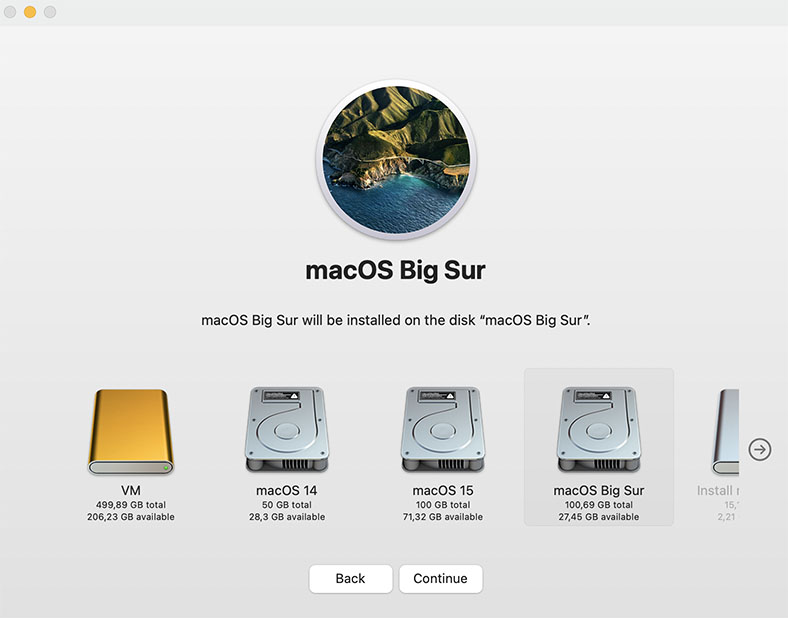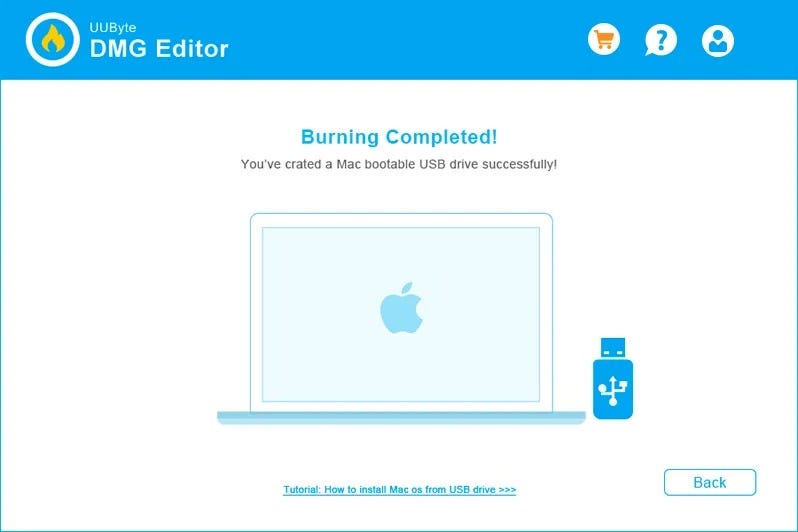
- #Create bootable installer for mac os how to#
- #Create bootable installer for mac os mac os#
- #Create bootable installer for mac os install#
- #Create bootable installer for mac os software#
- #Create bootable installer for mac os password#
This means a lot of daily and advanced tasks on Mac can be done via text commands such as creating bootable USB installer for Mac.
#Create bootable installer for mac os mac os#
MacOS (formly named Mac OS X) is just a variant of popular Unix based operating system.
#Create bootable installer for mac os how to#
Method 1: How to Create Bootable USB Installer for Mac via Commands
Method 3: Create macOS Bootable USB Drive on Windows. Method 2: Make a macOS Bootable USB by WizDMG. Method 1: Create a Bootable Installer for Mac via Commands. Once the file has been downloaded to your PC, you can proceed with one of the bootable disk creation methods shown below. For example, if you want to create a bootable macOS Mojave installer, you will need the DMG file for macOS Mojave. You will first need to download the DMG file for the macOS version you wish to install. 
#Create bootable installer for mac os software#
Here's how to do it from text commands and using a purpose-built software called WizDMG. To create a bootable macOS installation disk, you have to burn the DMG file to a USB drive as CD/DVD is not available for Mac computers. It can also help in situations where the operating system is corrupted or installation from app store shows errors.
#Create bootable installer for mac os install#
Rather than download and install a new OS from Apple's servers each time, it can be used for multiple installations on different machines.

You can now quit Terminal and eject the volume.Learning how to create a bootable macOS installation disk can be helpful in a variety of situations.
When Terminal says that it's finished, the volume will have the same name as the installer you've downloaded, such as Install macOS Monterey. After the volume has been erased, you may see an alert stating that Terminal would like to access files on a removable volume. Terminal shows the progress as the volume is erased. When prompted, type Y to confirm that you want to erase the volume, then press Return. Terminal doesn't show any characters as you type your password. #Create bootable installer for mac os password#
When prompted, type your administrator password and press Return again. * If your Mac is using macOS Sierra or earlier, include the -applicationpath argument and installer path, similar to the way this is done in the command for El Capitan. Sudo /Applications/Install\ OS\ X\ El\ Capitan.app/Contents/Resources/createinstallmedia -volume /Volumes/ MyVolume -applicationpath /Applications/Install\ OS\ X\ El\ Capitan.app Sudo /Applications/Install\ macOS\ High\ Sierra.app/Contents/Resources/createinstallmedia -volume /Volumes/ MyVolume Sudo /Applications/Install\ macOS\ Mojave.app/Contents/Resources/createinstallmedia -volume /Volumes/ MyVolume Sudo /Applications/Install\ macOS\ Catalina.app/Contents/Resources/createinstallmedia -volume /Volumes/ MyVolume Sudo /Applications/Install\ macOS\ Big\ Sur.app/Contents/Resources/createinstallmedia -volume /Volumes/ MyVolume Sudo /Applications/Install\ macOS\ Monterey.app/Contents/Resources/createinstallmedia -volume /Volumes/ MyVolume If it has a different name, replace MyVolume in these commands with the name of your volume. These assume that the installer is in your Applications folder and MyVolume is the name of the USB flash drive or other volume you're using. Type or paste one of the following commands in Terminal. Open Terminal, which is in the Utilities folder of your Applications folder. Connect the USB flash drive or other volume that you're using for the bootable installer. You will create the bootable installer from this app, not from the disk image or. It will install an app named Install OS X El Capitan into your Applications folder. Inside the disk image is an installer named InstallMacOSX.pkg. Download using Safari and open the disk image on a Mac that is compatible with OS X El Capitan. The installer for OS X El Capitan will be downloaded to your Downloads folder as a disk image named InstallMacOSX.dmg. Enterprise administrators: Download from Apple, not a locally hosted software-update server.  Download on a Mac that is using macOS Sierra 10.12.5 or later, or OS X El Capitan 10.11.6. Download on a Mac that is compatible with that version of macOS.
Download on a Mac that is using macOS Sierra 10.12.5 or later, or OS X El Capitan 10.11.6. Download on a Mac that is compatible with that version of macOS. 
If the installer opens after downloading, close it without continuing the installation process. The installer for macOS Monterey, macOS Big Sur, macOS Catalina, macOS Mojave or macOS High Sierra will be downloaded to your Applications folder as an app named Install macOS.








 0 kommentar(er)
0 kommentar(er)
